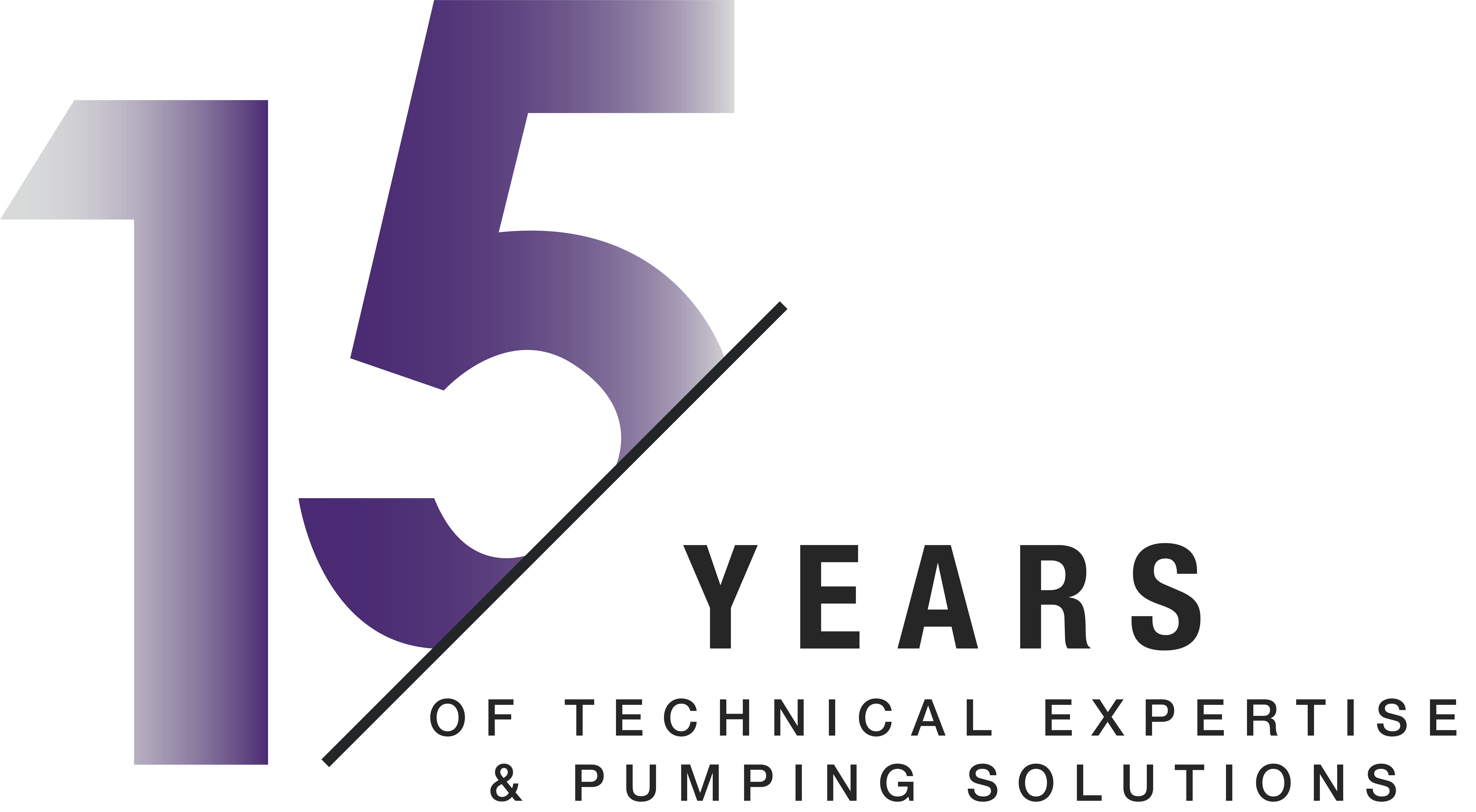5th February 2015
Over ten years ago the first Emission Control Area (ECA) was introduced in the Baltic Sea by the International Maritime Organisation (IMO). Since then, ECAs have grown to cover the English Channel, North Sea, North America and the Caribbean, where the level of sulphur in the fuel used on marine vessels has been restricted. 1st January 2015 saw an update to these regulations, with the Low Sulphur Directive now requiring ships to use fuel with a maximum of 0.1% sulphur content in Emission Control Areas. This large reduction from the previous 1% that has been in force since 1st July 2010 is presenting the offshore market with new challenges.

Fuel containing a maximum of 0.1% sulphur is more expensive than the previously acceptable fuel, which is providing maritime companies with an additional cost. As well as this additional expense, vessels are also finding that they may need to upgrade their systems on board in order to handle the new fuel. For example, this lower sulphate fuel will usually have a lower viscosity than the fuel previously used. This means that vessels who have had gear pumps installed on board their vessel are finding that they can no longer use these and are having to replace them with screw pumps.
An alternative way of marine vessels meeting the new regulations is to install a scrubber on board, which is essentially an exhaust gas cleaning system that helps to reduce the emissions before letting them out into the atmosphere. Whilst saving the cost of the more expensive lower sulphur fuel, the fitting of a scrubber however also incurs costs, and that’s if the current installation has room for it. Scrubbers work by treating emissions using sea water and caustic soda, which need to be transferred on board. Castle Pumps provide pumping solutions for these applications.
In summary, the updated low sulphur regulations mean that vessels have two options. They either need to use fuel with a lower sulphur content that meets the new requirements, or install an exhaust scrubber; both of which present new costs to the maritime industry.
For more information on this update, or for advice on any of the pumps mentioned, please contact our technical sales engineers.

Castle Pumps are fully accredited to enable you to buy with confidence. Our accreditation includes:
![]() A division of the CTS Group, Part of Flow Max Ltd.
A division of the CTS Group, Part of Flow Max Ltd.